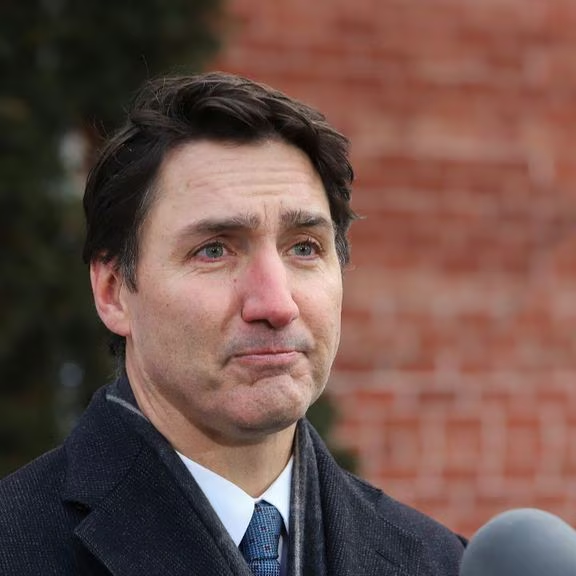The Canadian mining industry is cautiously optimistic as it faces potential tariffs from the Trump administration. Despite the threat of increased costs and trade disruptions, mining leaders in Canada remain confident about the sector’s resilience and ability to navigate the challenges.
Background on Tariff Threat
Former U.S. President Donald Trump has proposed tariffs on Canadian critical mineral exports, aiming to bolster American mining and reduce dependency on foreign resources. The proposed tariffs could target key exports such as nickel, copper, and lithium, all essential for clean energy technologies.
- Key Minerals Affected:
- Nickel: Used in EV batteries and stainless steel production.
- Copper: Critical for electrical systems and renewable energy.
- Lithium: A cornerstone of energy storage in electric vehicles and renewable power grids.
- Economic Impact:
- Canada is the leading supplier of critical minerals to the U.S., exporting billions of dollars worth of resources annually. Tariffs could disrupt this supply chain, increasing costs for both industries and consumers.
Industry’s Optimistic Outlook
Despite the potential for tariffs, Canadian mining leaders are expressing confidence in their ability to adapt and thrive.
- Strong Global Demand:
- The global push for clean energy and electrification continues to drive robust demand for critical minerals, providing opportunities beyond the U.S. market.
- Diversification of Export Markets:
- Canadian mining companies are actively exploring opportunities in Europe, Asia, and other regions to reduce reliance on U.S. trade.
- Government Support:
- The Canadian government has introduced initiatives to support the mining sector, including investments in infrastructure, research, and workforce development.
Challenges Ahead
While optimism prevails, the industry acknowledges several challenges:
- Cost Increases:
- Tariffs could raise operational costs for Canadian miners, impacting profit margins.
- Geopolitical Uncertainty:
- Trade tensions with the U.S. may complicate cross-border collaborations and investment.
- Sustainability Pressures:
- Meeting environmental and social governance (ESG) standards remains a priority, adding to operational complexities.
Strategies for Resilience
Canadian mining companies are adopting proactive measures to mitigate risks and seize new opportunities:
- Innovation in Extraction:
- Investing in advanced technologies to enhance efficiency and reduce costs.
- Strengthening Supply Chains:
- Building partnerships with downstream industries to secure long-term contracts and stability.
- Advocacy and Diplomacy:
- Engaging with U.S. stakeholders to highlight the mutual benefits of maintaining a strong Canada-U.S. mineral trade relationship.
Global Implications
The outcome of Trump’s tariff proposal could have broader implications for the global mining sector:
- Shift in Trade Dynamics:
- A focus on localized supply chains may influence mining strategies worldwide.
- Increased Competition:
- Canadian miners may face stiffer competition as other nations vie for a share of the critical minerals market.
- Strengthened Alliances:
- Canada’s efforts to diversify exports could foster stronger trade ties with Europe and Asia, reducing dependence on U.S. markets.
Conclusion
The Canadian mining industry remains resilient in the face of Trump’s proposed tariffs, driven by strong global demand and strategic planning. By leveraging innovation, diversifying markets, and maintaining high ESG standards, Canada is well-positioned to adapt to potential trade disruptions and continue playing a critical role in the global energy transition.
For more information, visit Mining.com.





